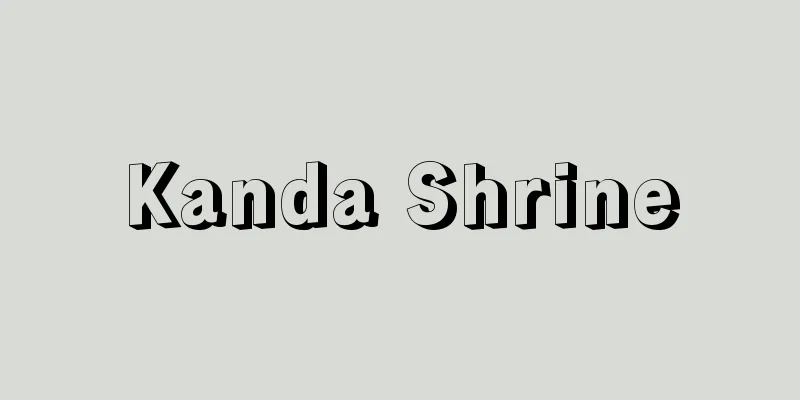Third World - tiers monde (French)

|
In general, the developed capitalist countries, mainly in Western Europe, were called the "First World," the socialist countries of the Soviet Union and Eastern Europe the "Second World," and the developing countries of Asia, Africa, and Latin America that were not included in either of these were called the "Third World." This term was first used in the early 1950s to compare the remarkable rise of these Asian, African, and Latin American countries, which were aiming for historical restoration, and the development of nationalist movements, to the rise of the "Third Estate" (le tiers état) in the French Revolution, and has since gradually become more common. However, the "Three Worlds Theory" proposed by China in the mid-1970s shows a unique way of defining the world, with the superpowers of the United States and the Soviet Union as the First World, and other developed capitalist and socialist countries as the Second World, but even in this case, the developing countries of Asia, Africa, and Latin America are defined as the Third World, which is no different from the concept of the Third World mentioned above. Third World countries have been trying to promote the reform of the world order centered on the dominance of the great powers and the developed countries through the solidarity movement in Asia and Africa symbolized by the AA Conference in the 1950s, and the movement of the Non-Aligned Nations Conference since the 1960s. Since the 1970s, as the issue of resources has been highlighted, the discussion has also emerged that the least developed countries without resources, capital, or technology are the "Fourth World" and are distinguished from the Third World. The problem arising from the widening economic disparity within the Third World is called the "South-South problem." However, in the 1990s after the end of the Cold War, the "Second World" virtually disappeared due to the dissolution of the Soviet Union, the democratization of the Soviet Union and Eastern European countries, and the progress of market economy, and the term "Third World" also lost its basis. However, in reality, the developing world is still sometimes called the "Third World". Or it can be said that the term "Third World" is still alive in the sense of a force for changing the status quo. [Hideo Oda] [Reference] |Source: Shogakukan Encyclopedia Nipponica About Encyclopedia Nipponica Information | Legend |
|
一般的には、西欧を中心とした先進資本主義国家群を「第一世界」、ソ連・東欧の社会主義国家群を「第二世界」とし、そのいずれにも含まれないアジア、アフリカ、ラテンアメリカの開発途上国家群を「第三世界」とよんだ。1950年代初めころから、歴史的復権を目ざすこれらアジア、アフリカ、ラテンアメリカ諸国の著しい台頭や、民族主義運動の発展を、フランス革命における「第三身分」le tiers étatの台頭になぞらえて使われ始めた用語で、その後しだいに一般化した。もっとも、70年代なかばに中国が提起した「三つの世界論」では、米ソ両超大国を第一世界、その他の発展した資本主義諸国、社会主義諸国を第二世界とする独特の規定の仕方が示されているが、その場合でもアジア、アフリカ、ラテンアメリカの開発途上諸国を第三世界と規定している点で、前述の第三世界の概念と変わるところはない。第三世界諸国は50年代にはAA会議に象徴されるアジア、アフリカの連帯運動を通じて、60年代以降は非同盟諸国会議の運動を軸として、大国優位、先進国中心の世界秩序の変革を推進しようと努めてきた。なお70年代以降、資源問題がクローズアップされるなかで、資源も資本も技術ももたない後発開発途上国を「第四世界」として第三世界と区別する議論も登場してきた。第三世界内部の経済格差の拡大から生ずる問題は、「南南問題」とよばれる。しかし、東西冷戦終結後の90年代に入り、ソ連の解体、ソ連・東欧諸国の民主化、市場経済化の進行などによっていわば「第二世界」が事実上消滅すると、「第三世界」という用語もまた根拠を失うことになる。ただ現実にはまだ、開発途上世界を「第三世界」とよぶケースがまったくなくなったわけではない。あるいは現状変革勢力という意味合いでの「第三世界」という用語も、まだ生き続けているといってもよいだろう。 [小田英郎] [参照項目] |出典 小学館 日本大百科全書(ニッポニカ)日本大百科全書(ニッポニカ)について 情報 | 凡例 |
<<: Third sector - Daisansekuta (English spelling) the third sector
Recommend
Sea otter - Sea otter
A marine mammal belonging to the family Mustelida...
Vinylation - Vinyl (English spelling)
This is a reaction to introduce the vinyl group C...
《Tomoemon Okawa》
…The story of the origin of a treasure handed dow...
contact electricity
…Therefore, when two conductors come into contact...
Reform Opera - Kaikaku Opera
...He himself wrote eight opera comiques between ...
Canalejas Méndez, J.
...Fifth, a typically bourgeois culture flourishe...
Golden Bull (English spelling: Bulla aurea; Goldene Bulle)
Also called the Golden Bull or the Golden Charter....
Awazuza Theatre
...In 1591 (Genchu 8, Meitoku 2), they had a di...
Parliament - ぎkai (English spelling) parliament English
A parliament is a representative body of the peop...
Campanulaceae
...It seems that folk religious practitioners con...
Gakukan-in
During the Heian period, this was a university sc...
Clapeyron (English spelling) Benoit Paul Emile Clapeyron
French engineer and physicist. Born in Paris. Stu...
kaka
...This behavior probably developed after sheep w...
Acanthogobius flavimanus (English spelling) Acanthogobiusflavimanus
… Many gobies are used as ingredients in dishes s...
Marienburg
...Population: 40,200 (1995). German name: Marien...








![Kozan [town] - Kozan](/upload/images/67cb8696daa4d.webp)
